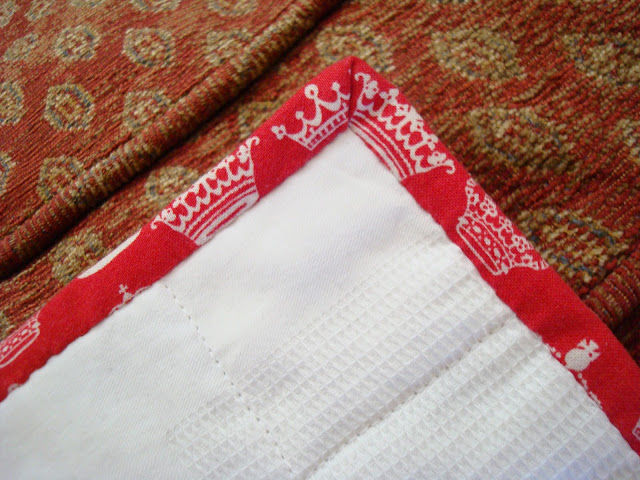This is a technique I am trying to teach myself from instructions I found on the internet. It's sometimes call Paper Foundation Piecing and I've also seen it referred to as Stitch and Flip.
I start each block with a paper foundation. I designed this simple log cabin foundation using the table function which is part of word processing software. If you look closely at the photograph you can see that each piece of the block has a number starting with 1 in the darkest square at the middle of the foundation. The shading on my paper foundation is a nod to what I have read about the tonal values of traditional log-cabin blocks.
 The next step (for my block) is to cut some fabric. The blue is the left overs of some super smooth shirting I picked up online very reasonably and the white is from one of my shirts whose collar and cuffs were past their best. I have started to cut one and a half inch strips half an inch longer than pieces on the foundation. This gives me my quarter inch seam allowances.
The next step (for my block) is to cut some fabric. The blue is the left overs of some super smooth shirting I picked up online very reasonably and the white is from one of my shirts whose collar and cuffs were past their best. I have started to cut one and a half inch strips half an inch longer than pieces on the foundation. This gives me my quarter inch seam allowances.
Here I have flipped the paper foundation and pinned my first piece of fabric over the back of the correct section. I hold the paper up to the light to help me centre the fabric. Notice that I have used red for the centre. The story goes that the middle square of the log cabin block is supposed to represent the hearth of the cabin and so it is often red to indicate that fire that would have burned there. I like a good story don't you?
Here I have layered the number two piece of the fabric on top of the first. The next step is to flip the paper foundation back over and carefully carry it to the sewing machine without anything shifting. Next time I will layer first and then pin I think!
 |
My lovely 1899 Singer 28K
|
This is where I start and where I finish. I aim for about a quarter of an inch before and after the outline on the foundation.
I then continue adding strips, pressing with a dry iron as I go, following the numbers and tonal value already printed on the paper foundation. When finished the block looks like this:
 |
Nice?
|
The paper foundation stays with the completed block until I am ready to set the blocks and piece them into a quilt top. At the moment each block takes about an hour to piece (including cutting time) so I suppose I am some way off that.


















